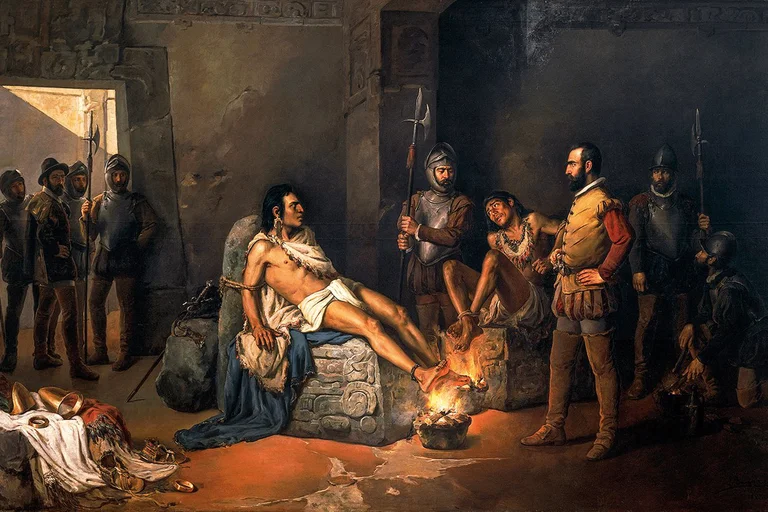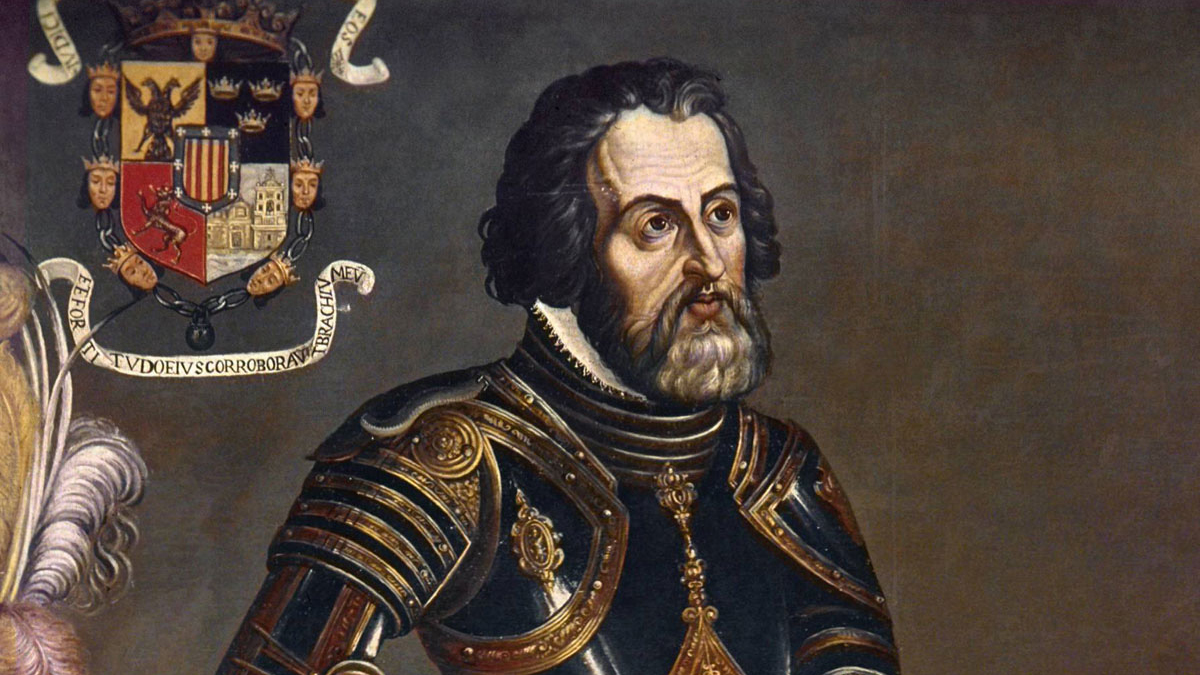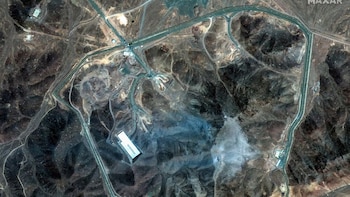
The last Mexican tlatoani, Cuauhtémoc, was one of the most outstanding characters in the last stage of the Conquest of Mexico, carried out by Spaniard Hernán Cortés and his men, in addition to the indigenous peoples of Mesoamerica who allied themselves with the Spaniards, since the Mexica had dominated them and sought to free themselves from them.
The name Cuauhtémoc means the sun that descends, or the eagle that descends, and was the last huey tlatoani or king mexica priest. Before him, the Tlatoani Cuitláhuac had been in power, who died of smallpox, a disease that the Spaniards brought to Mexican territory, and Moctezuma Xocoyotzin, also known as Moctezuma II, who was in charge of the Mexicas when the Spaniards arrived.
Cuauhtémoc was the son of Tlatoani Ahuizotl, eighth lord of Mexico, and Princess Tlillacapantzin, firstborn of Moquíhuix, last lord of Tlatelolco, before the Spanish invasion, and descendant of King Poet Nezahualcoyotl. At a young age, Cuauhtémoc was orphaned as a father and the responsibility for his education fell on his mother, who was the sister of Cuitláhuac and Moctezuma. When he was born in the ruling house, Cuauhtémoc was educated in Calmécac, to be a warrior.
Around 1515 he received in the city of Tlatelolco the position of Tlacatecatl, a military appointment comparable to that of general in charge of the city of the most important tianguis (market) in all of Mesoamerica. Faced with the arrival of the Spaniards, he opposed them from the beginning, and supported Cuitláhuac, when Cuitláhuac, when he took office as huey tlatoani, after the death of Moctezuma, chose to fight the European invaders.

Cuauhtémoc was one of the most enthusiastic military chiefs and participated in the emblematic victory that the Mexicas won, when they forced Hernán Cortes and his troops to flee the capital, heading for Tlacopan, a historic moment that was formerly known as The Sad Night, later changed to The Victorious Night.
When smallpox ended up killing his uncle, Cuitláhuac, in November 1520, Cuauhtémoc was elected his successor, and from there, until the fall of Tenochtitlan, on August 13, 1521, he was Tlatoani of Tenochtitlan.
When Cuauhtémoc was taken prisoner, like other nobles of Mexican society, they were interrogated by Cortés, who wanted to know the fate of the gold that the Mexicas kept. And although he received a whole canoe full of objects of that metal, the conqueror was not satisfied and subjected his prisoners to torture, including Cuauhtémoc himself.
The tlatoani's feet were burned, seeking to reveal the whereabouts of the rest of the gold. According to Francisco Gomora, who made a story based on the testimonies of the conquistadors themselves, the lord of Tlacopan, Tetlepanquetzaltzin, was tortured next to Cuauhtémoc, in the same way, so he asked the tlatoani of Tenochtitlan to confess where the gold was, to which he responded by looking at it with anger, and asked if he was in a delight or bath.

From then on, Cortés, who feared that Cuauhtémoc might cause some trouble with the Mexicas, retained him, that although he was not formally considered a prisoner, in fact he was.
Even so, Cuauhtémoc repeatedly interceded on behalf of his people, in the face of the constant abuses of the Spaniards. The precise circumstances of the death of the last huey tlatoani are controversial. What is known is that, when Cortés made an expedition to Las Hibueras, in Honduras, he decided to take Cuauhtémoc with him, as well as Mr. de Tlacopan, because he believed that if he left them in Mexico, they could start a battle with the Mexicas for their liberation.
On that trip, Cortés had a rumor that Cuauhtémoc was planning a plot to kill him, so the Spaniard ordered him to be executed. It is said that Cuauhtémoc was baptized before he died with the name of Hernando de Alvarado Cuauhtemotzin, although some colonial documents refer to him as Don Fernando Cortes Cuauhtémoc Huitzilíhuitl.
It was hung from a tree on February 28, 1525, in Itzamkánac. It is unknown what happened to his remains.
KEEP READING:
Últimas Noticias
Debanhi Escobar: they secured the motel where she was found lifeless in a cistern
Members of the Specialized Prosecutor's Office in Nuevo León secured the Nueva Castilla Motel as part of the investigations into the case

The oldest person in the world died at the age of 119
Kane Tanaka lived in Japan. She was born six months earlier than George Orwell, the same year that the Wright brothers first flew, and Marie Curie became the first woman to win a Nobel Prize

Macabre find in CDMX: they left a body bagged and tied in a taxi
The body was left in the back seats of the car. It was covered with black bags and tied with industrial tape
The eagles of America will face Manchester City in a duel of legends. Here are the details
The top Mexican football champion will play a match with Pep Guardiola's squad in the Lone Star Cup

Why is it good to bring dogs out to know the world when they are puppies
A so-called protection against the spread of diseases threatens the integral development of dogs




